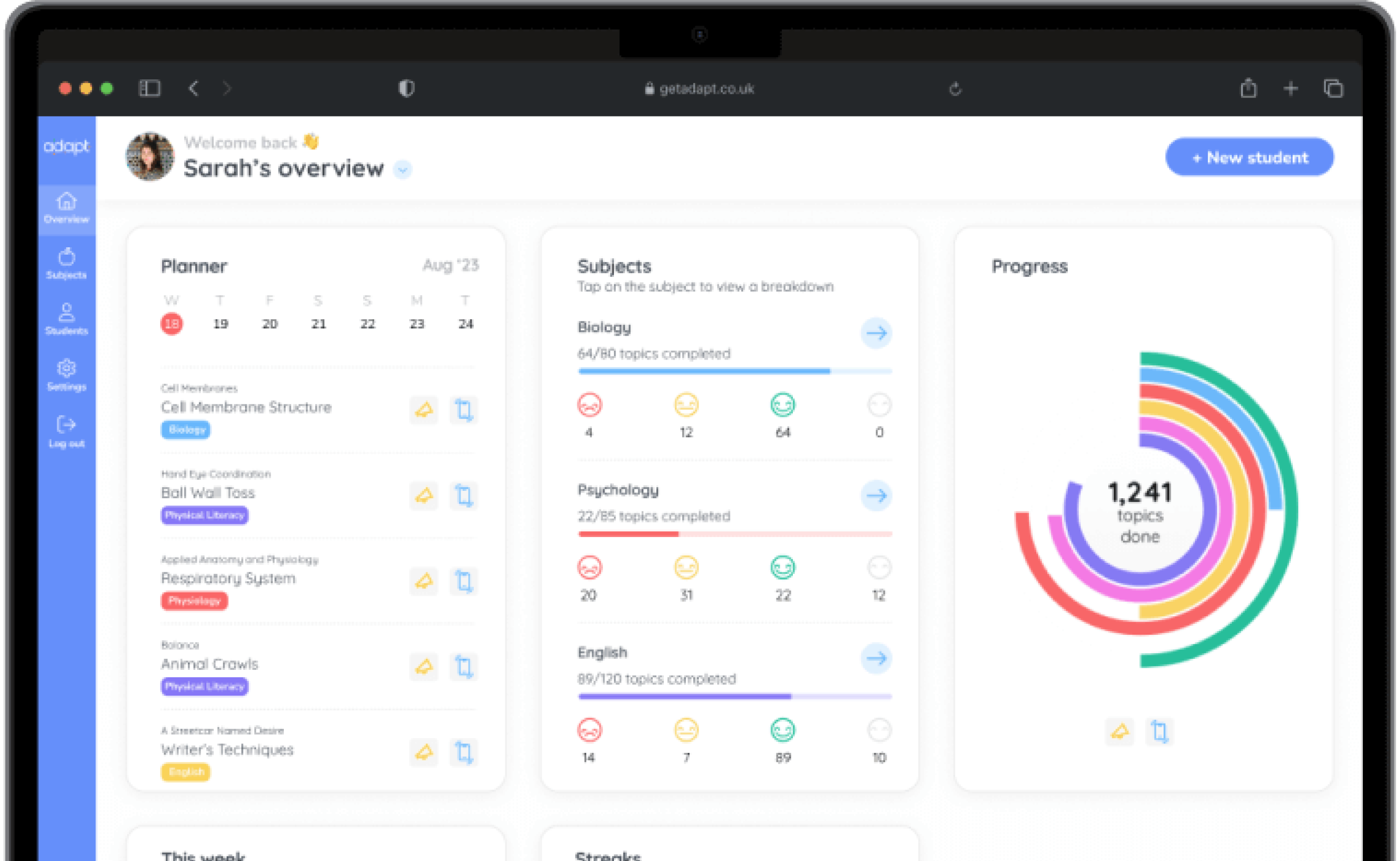Chemistry (Triple)
Chemistry of the Environment
Composition of Air
🤓 Study
📖 Quiz
Play audio lesson
Composition of Air
Composition of Air
Dry, unpolluted air is a mixture of gases and small amounts of water vapour. The major gases that make up the air are:
-
Nitrogen (N2): This is the gas that makes up most of the air. Approximately 78% of air (by volume) is nitrogen.
-
Oxygen (O2): The gas necessary for most life forms. Approximately 21% of the air is oxygen.
-
Argon (Ar): This is a noble gas. It makes up 0.9% of the air.
-
Carbon dioxide (CO2): Though present in relatively small amounts (0.04% of the air), this is a crucial gas because it helps to control the Earth's temperature.
-
Other gases: These include helium (He), methane (CH4), neon (Ne), krypton (Kr) and xenon (Xe), which collectively make up less than 0.1% of air.
Properties of Major Gases in Air
Air is a mixture, and each gas in the air retains its property. These include:
-
Nitrogen: An inert gas and it does not readily react with other substances. It is colourless, odourless and tasteless.
-
Oxygen: A reactive gas which reacts with many substances. It is also colourless, odourless and tasteless.
-
Argon: A noble gas and hence, very unreactive. It too is colourless, odourless, and tasteless.
-
Carbon Dioxide: Although not a noble gas, it is fairly unreactive under normal conditions. It is also colourless, odourless, but not tasteless - it gives fizzy drinks their "fizz".
Role in the Environment
-
Nitrogen: It's an essential nutrient for plants and animals. It's converted into nitrates by bacteria, which plants can use. Animals then eat the plants for protein.
-
Oxygen: Necessary for respiration in most organisms. It is also needed for combustion (burning).
-
Carbon dioxide: Absorbed by plants for photosynthesis. Also acts as a greenhouse gas, trapping some of the heat from the Sun, and thereby warming the planet.
-
Argon and other noble gases: These are mostly unreactive and do not contribute significantly to chemical reactions in the atmosphere.
Measuring Air Composition
The composition of air can be measured using various methods. But a simple method involves separating the components of air through fractional distillation. In this process, air is first cooled to a very low temperature (-200°C) until it liquefies. It's then slowly heated, and different components boil off at different temperatures, allowing them to be collected separately. Nitrogen boils off first, followed by argon, and then oxygen. The remaining gases, like CO2 and noble gases, can also be collected.





